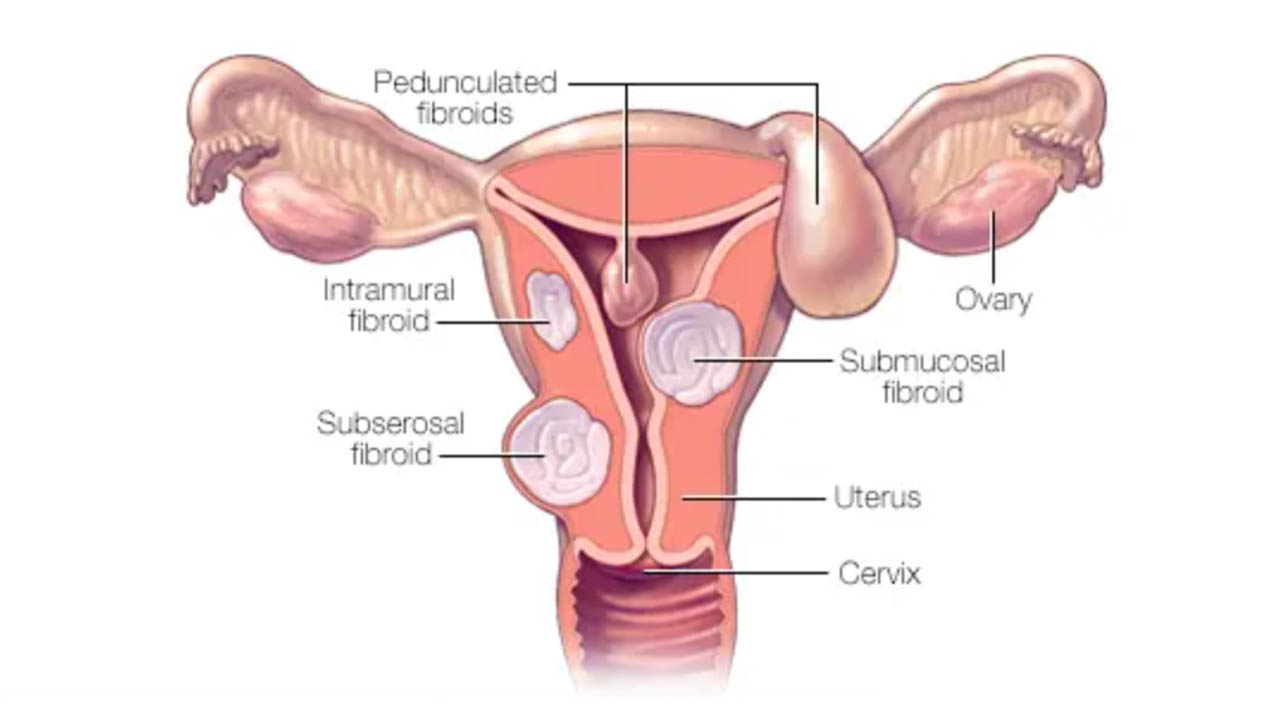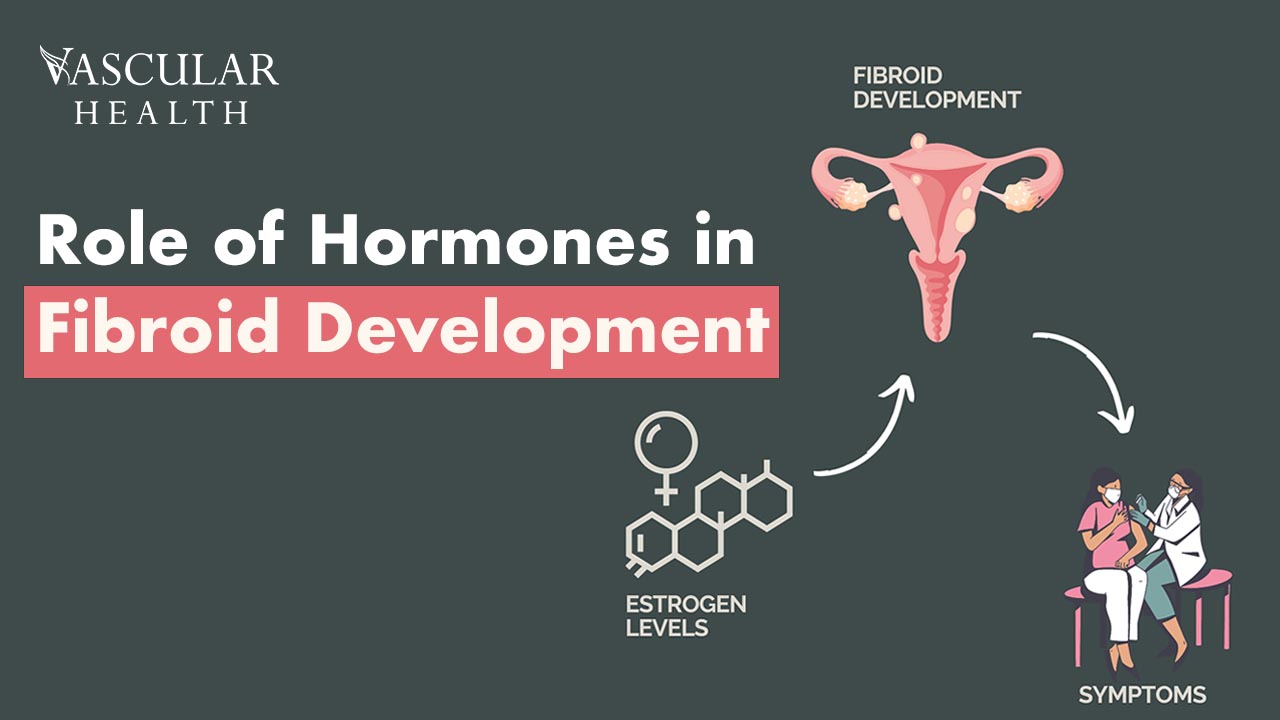Uterine fibroids are benign tumors that protrude from the smooth muscle cells of the uterine lining. Fibroid is the most common gynecological condition that affects women, specifically during their childbearing years. Uterine fibroids are idiopathic – the exact cause of uterine fibroids remains unknown, but rising evidence suggests a significant role of hormones in fibroid development and growth.
Influence of Hormones in Fibroid Development
Important hormones – Estrogen and progesterone, play a key role in regulating the menstrual cycle and maintaining female reproductive health. In the context of uterine fibroids, estrogen and progesterone significantly affect the growth and proliferation of uterine smooth muscle cells. As a result, it originates the bulk of fibroid tissue. Estrogen, in particular, has been indicated as a key stimulator of fibroid development. According to the studies, higher levels of estrogen receptors are found in fibroid tissue compared to surrounding normal uterine tissue.

Effect of Estrogen
Estrogen promotes cell division and proliferation, which may contribute to the initiation of uterine fibroid growth. During the reproductive years, estrogen levels are high, which allows fibroids to rapidly grow larger in mass. Conversely, during menopause, when estrogen levels decline, fibroids often tend to shrink in size or stabilize.
Role of Progesterone
While estrogen appears to be the primary hormone in developing fibroid growth, progesterone also plays a pivotal role in fibroid development. Progesterone stimulates the proliferation of uterine smooth muscle cells and can enhance the production of growth factors and cytokines that support uterine fibroid growth.
Also, the expression of progesterone receptors is often increased in fibroid tissue. Implying that progesterone signaling pathways may contribute to the pathogenesis. Some evidence signifies that the balance between estrogen and progesterone signaling is essential for fibroid growth; disturbance in this balance can lead to fibroid development.
Clinical Implications
Understanding uterine fibroids’ hormonal regulation is important for managing and treating this common condition. Hormonal therapies that target estrogen and progesterone signaling pathways. Selective estrogen receptor modulators (SERMs) or gonadotropin-releasing hormone (GnRH) agonists have been proven as potential treatment options for fibroids. In addition to hormonal therapies, lifestyle modifications focused on reducing estrogen exposure, such as body weight management and dietary modifications, may help manage fibroid-related symptoms and halt the growth of fibroids.
Hormones, mainly estrogen and progesterone, play a key role in the development and growth of uterine fibroids. Apprehending the hormonal regulation of fibroids gives an outlook on the mechanism of targeted therapies for this common condition. By explaining the complicated connection between hormones and fibroid pathology, healthcare specialists aim to advance personalized strategies for fibroid management and enhance outcomes for affected women.




